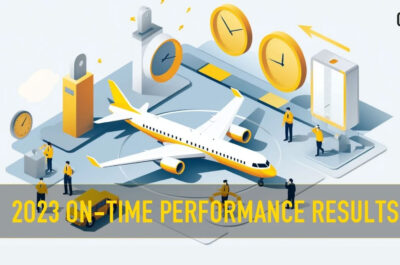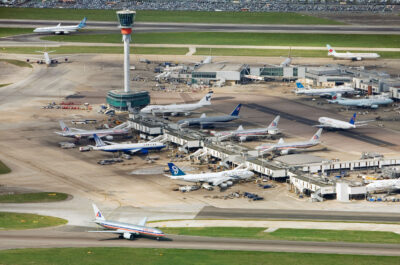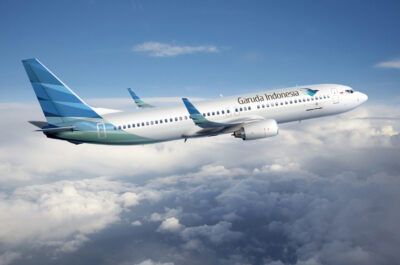The UK remains the largest LCC market in Europe, with 8.8 million international seats in May 2013, which is more than double the seat capacity of 10 years ago.
LUTON, UK – The number of seats offered by low-cost carriers (LCCs) in Europe has increased by an average of 14% per year over the last decade, compared to a 1% average annual rise in capacity among legacy carriers, according to OAG, the market leader in aviation intelligence.
The OAG FACTS (Frequency and Capacity Trend Statistics) report for May shows that legacy airlines increased their annual market volume by 2.8 million seats between May 2004 and May 2013, while LCCs have collectively added more than 20 million seats during the same period, surpassing 30 million total seats in May this year.

The UK remains the largest LCC market in Europe, with 8.8 million international seats in May 2013, which is more than double the seat capacity of 10 years ago.
John Grant, executive vice president, OAG, says: “While it’s no surprise that LCCs are increasing capacity at a faster rate than their legacy counterparts, the actual rate at which low-cost airlines are growing their market share is quite astonishing. In the last 12 months alone, the UK’s international LCC capacity increased by 15%.”
Domestic and international capacity growth
The second largest LCC market in Europe is Spain, which has 7.4 million international seats this May, compared to 1.9 million a decade ago. Low-cost airlines now dominate the Spanish scheduled air transport market, where they account for 51% of domestic and 54% of international capacity, making Spain the only country where LCCs have more than a 50% share of both markets.
Grant adds: “LCCs didn’t enter the Spanish domestic market with any significant volumes until 2007 and in the six years since, they have already eclipsed the domestic capacity offered by legacy airlines. Despite the introduction of a high-speed rail link between Madrid and Barcelona in 2008, the rate of growth hasn’t slowed and this city pair remains the busiest scheduled air service in Europe in both capacity and frequency terms.”
An analysis of the Italian air transport market paints a very similar picture. LCC capacity accounts for 49% of all seats in May 2013. Flag-carrier Alitalia is the single biggest airline by domestic capacity share, but Ryanair and easyJet are the second and third largest carriers. LCCs also have a 45% share of the country’s international market, with Ryanair the single biggest operator, offering 20% of all scheduled international seats.
Legacy stronghold
At the other end of the scale, the French market is something of an anomaly and has one of the lowest LCC penetrations of the larger European economies. Just 18% of all domestic and 28% of all international capacity is accounted for by LCCs.
Grant continues: “The relatively low rate of low-cost capacity offered in the French domestic market is due to the continued strength of Air France, which has 74% of all domestic seats, amounting to 2 million seats as of this month. However, domestic LCC seats are on the increase and have recorded a 28% year-on-year rise thanks largely to the addition of 73,000 seats by Volotea.”
Global outlook
The OAG FACTS report for May shows that airlines worldwide have increased frequencies by 2% in May 2013 versus May 2012, while overall seat capacity has increased by 4%. This means carriers worldwide are operating 14.7 million more seats, equivalent to 475,000 additional seats every day, compared to May last year. More than half of this growth comes from the Asia/Pacific region, where seat capacity on intra-regional flights has increased by 8% year-on-year, while capacity on flights to and from the region has grown by 5%.
Vicky is the co-founder of TravelDailyNews Media Network where she is the Editor-in Chief. She is also responsible for the daily operation and the financial policy. She holds a Bachelor's degree in Tourism Business Administration from the Technical University of Athens and a Master in Business Administration (MBA) from the University of Wales.
She has many years of both academic and industrial experience within the travel industry. She has written/edited numerous articles in various tourism magazines.






























































































































































































